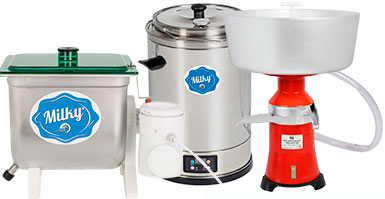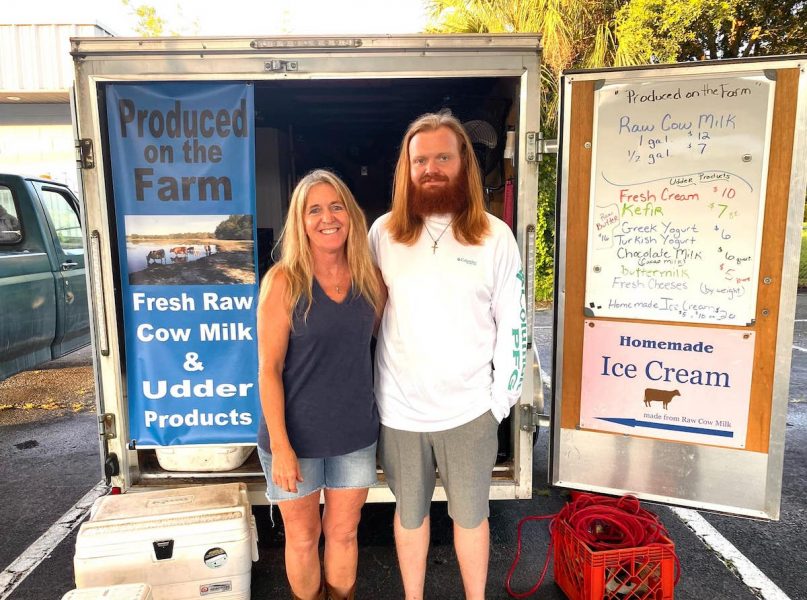Small-scale dairy farming is challenging, mainly when a small dairy serves as its owners’ primary source of income.
The reason is simple: milk and animal feed prices have significantly narrowed, making it challenging for small dairy farms to profit.
One of the latest studies by the United States Department of Agriculture (USDA) indicates that within the United States, over the last three decades, the number of small farms with 10-199 cows has declined from 146,685 in 1987 to 30,373 in 2017.
During the same period, the average size of a dairy farm has increased from 80 cows to 1,300 cows, an increase of more than 15 times!
Scaling up is not the only way.
For dairy farmers, it has become evident that scaling up is necessary for profitability. However, what if a dairy farmer doesn’t want to succumb to the pressure of scaling up and entering this survival race? How can they maintain a small scale and successfully face the financial challenges of the modern dairy industry?
‘Produced on the Farm,’ based in Florida, is a shining example of a successful small dairy business. Recognizing that their story could inspire other small dairy farms, we’ve chosen to share it here on our blog.
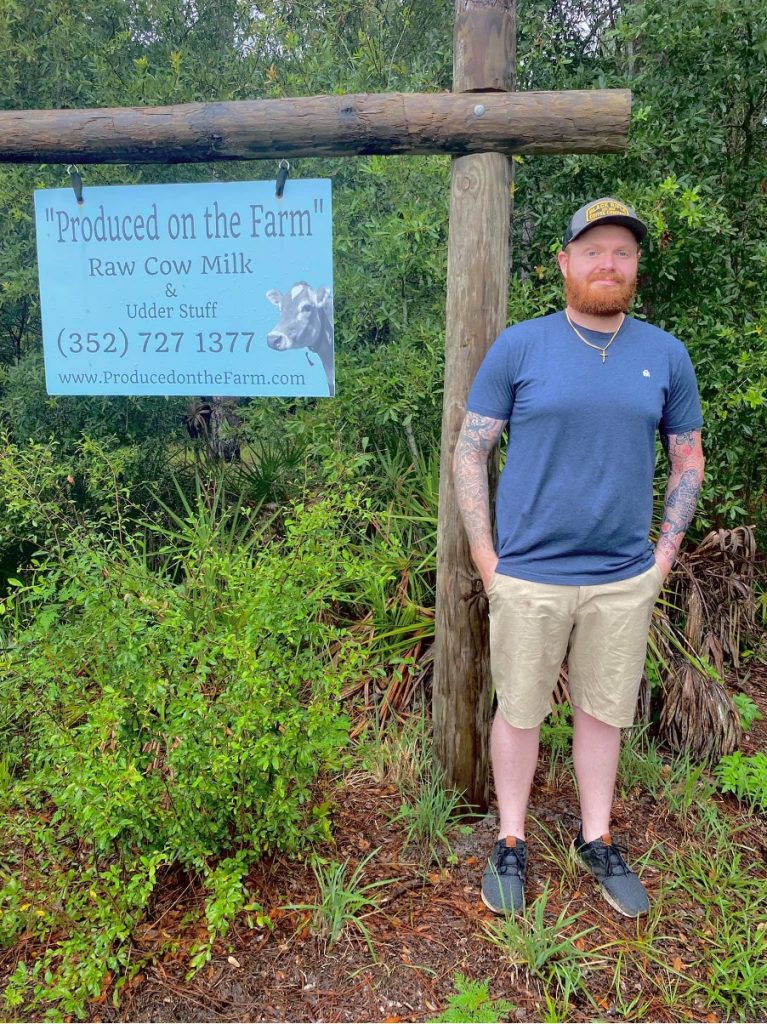
Dennis Peters from ‘Produced on the Farm’ shared that they accidentally stumbled into dairy farming. Their initial intention was to have a family cow; their veterinarian knew someone with a Jersey breed.
From there, things spiralled. A Brown Swiss cow was gifted to them by a lady who couldn’t care for her any longer, and she has since produced nine offspring.

Now, the Peters family has ten milking cows, maintaining a significant number of heifers, dry cows, bulls, and calves running around. Given that just three people run the farm, this arrangement makes sense.
Raw milk wouldn’t cover bills, but “udder” products would.
Early in their dairy business journey, Dennis and his family realized that relying solely on raw milk sales wouldn’t cover their bills. Thus, they began exploring alternative income sources.
“We listened to your company’s advice early on and offer as many different products as we can. It has worked out well.” – Dennis Peters.
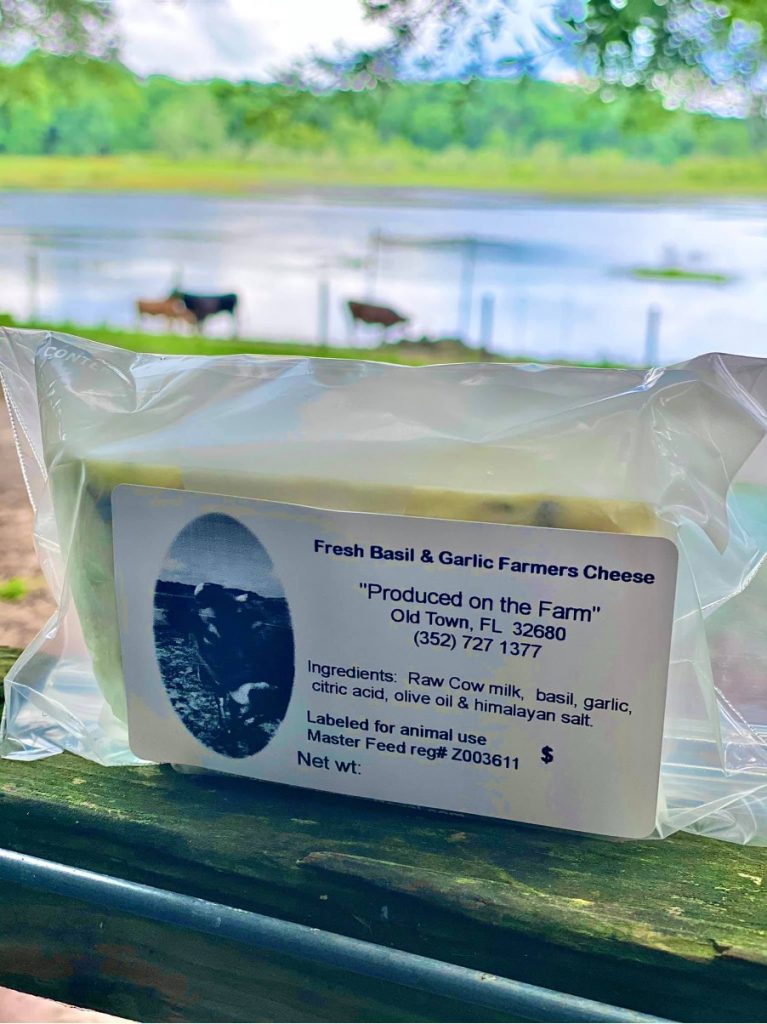
This led to equipping their farm with tools like a cream separator, butter churn, and ice cream maker. These upgrades enabled them to introduce to the market a variety of products such as kefir, buttermilk, fresh cheeses, butter, yoghurts, chocolate milk, ice cream, and fresh cream.
These “udder” products became a game-changer, turning ‘Produced on the Farm’ into a profitable venture.
“We could not function without the “udder” products. Milk alone would not pay the bills, plus it allows us to receive more sales from each customer.” Dennis told us.
Their production schedule involves sending out milk for four out of the seven days and reserving the other days for the production of different dairy products.
The star sellers for ‘Produced on the Farm’ are cheese, butter, and ice cream. They struggle to keep up with the demand for butter and ice cream, both selling out for a good price and fast.
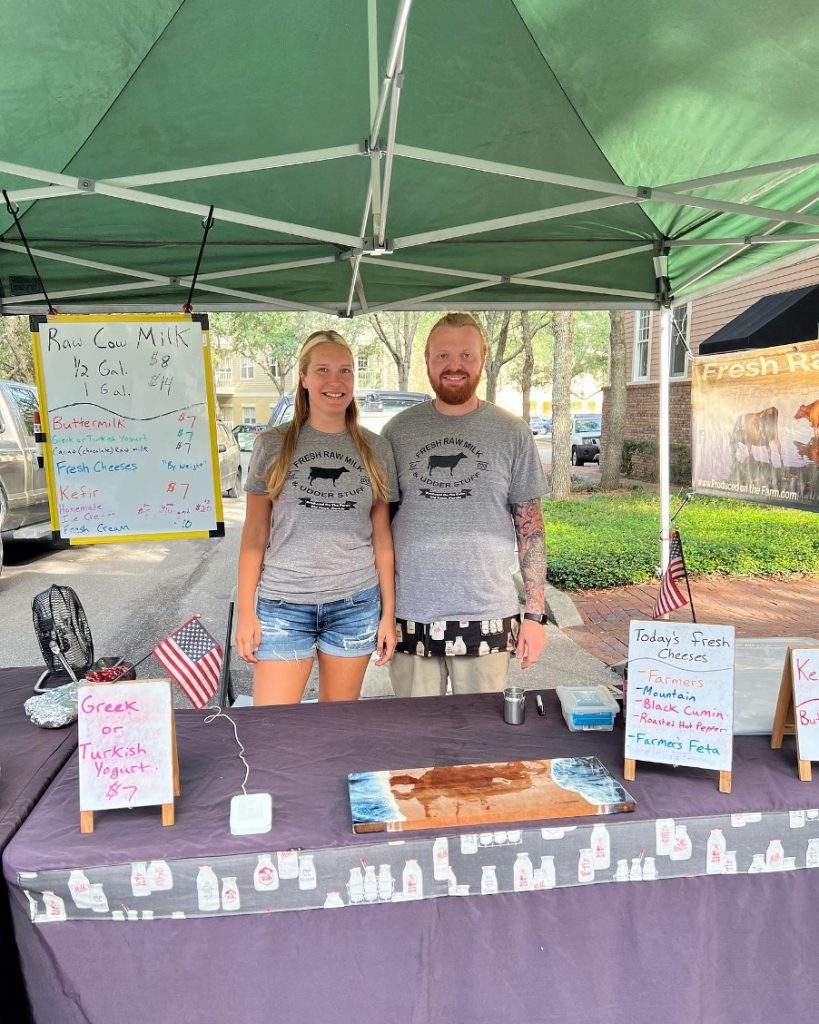
Customers appreciate local dairies.
“We sell butter for $36 a pound and ice cream for $28 a quart and sell out in the first hour at the farmer’s market. That milk wouldn’t have sold without your cream separators and butter churn.
The trick is not to be afraid to try making additional products. All of the basic information is out there on the internet, and then you customize recipes to meet your needs.
When you can take a customer who starts off buying a gallon of milk from you each week ($16) to someone buying a variety of products each week for $80, everyone wins.
The value is that they get to know you and you know them. They also get to learn about the farm and the cows. They know when a new calf arrives. They get to hear the funny daily stories, etc. We milk one cow at a time and bottle by the cow, marking the lid with the cow’s initials. People ask for a cow by name. Taking the time on the cows and the products is paired with sharing the farm experience.
Ultimately, we credit something we read from your company when we were first researching equipment. The tone of the recommendations to make additional products was, “Don’t be a crybaby. Make more stuff so you can sell more stuff.”
It was very close to what a man who travelled town to town in a horse-pulled wagon told my grandmother when she was a child. She asked him why he carried so much stuff on his wagon. He said, “You can’t sell from an empty wagon.” – Dennis said.
Why this story is important?
The Peters family’s experience is important for the small-scale dairy community, underscoring several critical points.
Firstly, it demonstrates that a small dairy farm with 10 milking cows can thrive by producing a variety of ‘udder’ products.

Secondly, it highlights the fact that people have a deep appreciation for local dairy businesses and their offerings, and they’re willing to pay a premium for them.
The strong demand for local dairy products persists, even if their prices exceed those of their supermarket counterparts. For instance, while butter from Walmart costs around $5, the butter from ‘Produced on the Farm’ is priced more than SIX times higher, reflecting much higher value for locally sourced products.

We extend our gratitude to the Peters family for illustrating locally produced dairy’s immense potential and showing other small dairy farmers how to tap into this potential.

